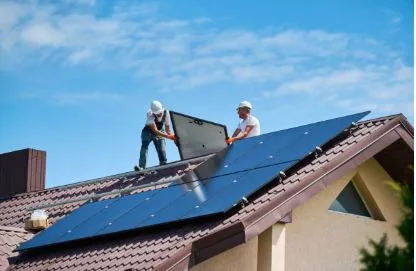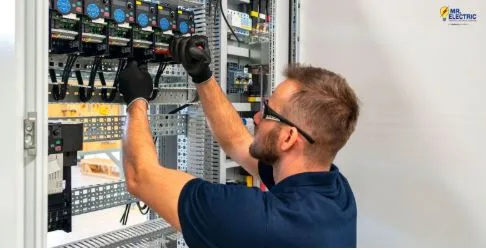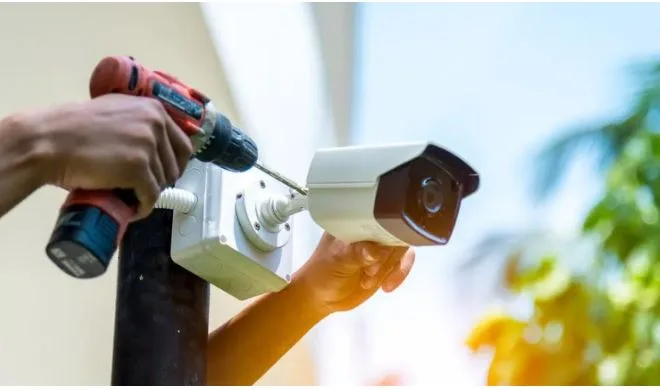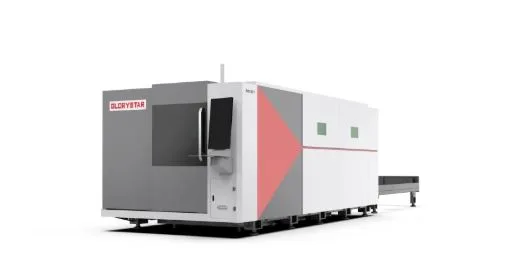What to Know Before Installing a Solar Battery in 2025
As more Australians invest in solar, battery storage is becoming the logical next step. But with a growing number of options and fast-changing technology, it can be difficult to know where to start. Here’s what every homeowner should consider before installing a solar battery in 2025.
Why Batteries Are on the Rise
Energy prices are climbing, grid reliability is decreasing, and households are keen to maximise their self-sufficiency. Battery rebates are still available in some states, and new energy tariffs make storing power more appealing than selling it back to the grid.
Are You Ready for a Battery?
A solar battery isn’t for everyone. If you typically use most of your energy in the evening, a battery may help offset high usage periods. But if your solar system is small or your bills are already low, the payback may take longer. Consider:
- How much excess solar you export
- Your peak energy usage time
- Whether blackout protection matters to you
What to Look For in a Battery System
It’s easy to get lost in the specs. Key factors to compare include:
- Usable Capacity – the real amount of energy you can draw from the battery
- Cycle Life – how many times it can be charged/discharged before degrading
- Warranty – most range from 10–15 years
- Backup Capability – not all batteries work during a blackout
Trusted brands like Tesla Powerwall, Enphase IQ Battery and SolarEdge offer strong support and performance, but local support and integration also matter.
What Blackout Protection Really Means
If you’re choosing a solar battery for backup power, be sure to check:
- Does it come with an automatic transfer switch?
- Will it power your whole home or just essentials?
- Can you scale the system later?
Hybrid inverters and smart switching make a big difference to your experience during outages.
Understanding VPPs and Grid Rewards
In 2025, many households are being invited into Virtual Power Plants (VPPs) — where your battery can export power back to the grid during peak demand. It’s a good way to earn credits, but not always right for every user. Ask your installer if your battery is VPP-ready and whether it’s opt-in or automatic.
What Does a Battery Cost in 2025?
Expect to pay between $10,000 and $16,000 installed, depending on size, brand and integration. Rebates can reduce this further. Payback periods are typically 7–12 years depending on usage patterns, with added benefits for blackout protection and energy independence.
Final Checklist Before You Commit
- Is your current solar system compatible?
- Will you get backup power?
- Is the brand supported locally?
- Is the battery VPP-ready?
A solar battery can be a smart move — just be sure it’s aligned with your needs, budget and home energy goals.






